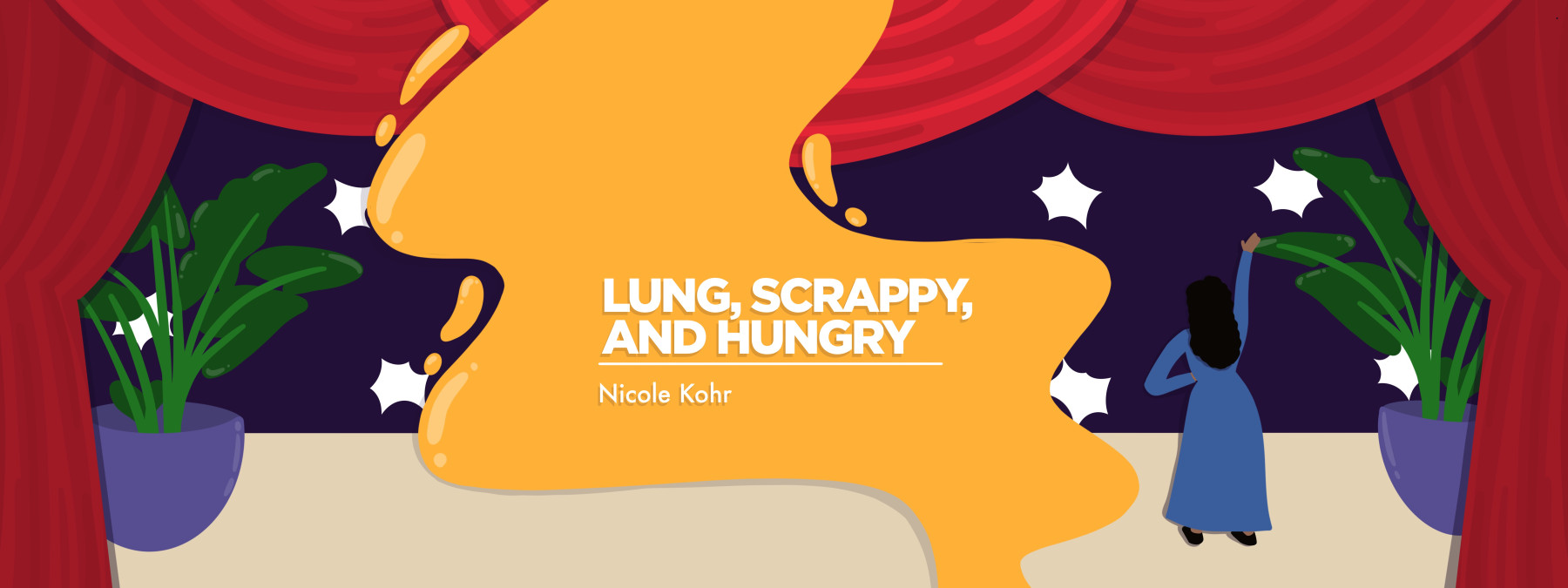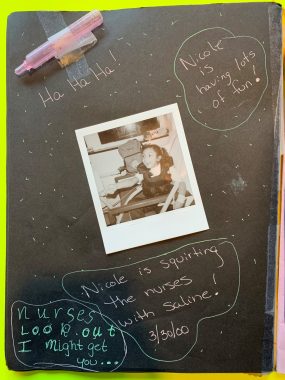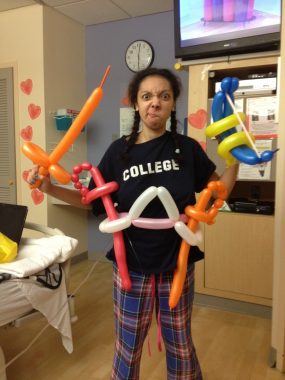The Importance of Frivolity on My Journey With CF
How columnist Nicole Kohr finds joy amid the challenges of chronic illness
Written by |

My journey with cystic fibrosis (CF) has been somewhat traumatic. My diagnosis was drawn out, leading to lung scarring at an early age. My two nonsense mutations limited my pipeline of treatments, and my quick decline in lung function left me with many Sophie’s choices. Most traumatic, my bilateral lung transplant back in 2019 was considered a treatment option, but it still felt like a last resort.
Amid all this trauma, my mom taught me one very important coping mechanism: the importance of frivolity. She said, “A person can’t endure chronic distress without a little fun to break it up.”
With that said, the best example of this life lesson is “Hygge,” the Act 2 opening number of the musical “Frozen,” which ran on Broadway.
“Here in Arendelle/ The winters can be … well …/ Let’s just say it’s not so very good”
Hygge is a Danish or Norwegian word that describes a mood of coziness and comfort. In the show, however, it was so much more than that. Act 1 ends with “Let It Go,” a masterpiece we all know too well. Traditionally, the second act of a show is supposed to ease an audience back into the story. “Hygge” was a brilliant way to do so. A bunch of half-naked people dancing joyfully in winter clothing? Yes, please.
Because of CF, my body requires daily and routine maintenance to slow the progression of my lung decline, leaving little room for coziness and conviviality. Like a company veteran, I try to use my paid time off efficiently — whatever my “paid time off” looks like. Otherwise, how can I be expected to keep up with a long list of physical and mental demands?
Something frivolous and random makes the maintenance durable.
“Hygge means comfortable/ Hygge means cozy/ Hygge means sitting by the fire with your cheeks all rosy”
Mom and I weren’t allowed to start a fire in the middle of my hospital room, so we found other ways to attain rosy cheeks.
We practiced balloon art and took up scrapbooking. Friends would swing by and play dress up. We watched the foreign TV channels and improvised their dialogue. We’d observe traffic through the large isolation window, often because there was no window to the outside. Paint-by-number was a big one. We’d start a “water gun” battle using expired saline squirt vials and decorate the room using dollar-store decor and cut-up magazines. Mom made musical instruments out of rubber gloves and pill bottles. I would roller skate in my room. (Not advised. It was the ’90s.) Most notably, I’d write lyrics and perform for the hospital staff — all before the child life specialist arrived.

Nicole during a two-week stay at Robert Wood Johnson University Hospital in New Brunswick, New Jersey, in 2000. (Courtesy of Nicole Kohr)
“But even at this latitude/ We’ll keep a happy attitude/ Until we burn our final piece of wood”
Still, denial and toxic positivity go a long way, right? “Hygge” also applies to my mom’s second life lesson: “If life isn’t granting you a natural break for frivolity, make your own.”
We always experienced interruptions during my two-week hospital stays, making our attempts at hygge short-lived. Respiratory therapists needed to perform chest physical therapy four times a day. Nurses took vitals throughout the day, and my team of specialists had their own daily agendas. In short, we squeezed fun in when we could.
From the perspective of a three-act story structure, I would argue “Hygge” isn’t even warranted. Similar to what Mom advised, the creative team inserted fun where it was needed. Although it’s seemingly random, the musical number is lighthearted, catchy, and easy to tolerate, so it was the audience’s much-needed break from stress produced by the leading ladies’ journey toward transparency and love.
“A toast to all our family and friends/ To hygge in a storm that never ends”
Everyone needs something frivolous and random to break up the trauma, especially chronically ill patients like myself. Consider this an aggressive reminder to enjoy your life amid the trauma. In other words:
“Hygge, hygge, hygge, hygge, hygge, hygge.”

Nicole during a two-week stay at Robert Wood Johnson University Hospital in New Brunswick, New Jersey, in 2011. (Courtesy of Nicole Kohr)
Note: Cystic Fibrosis News Today is strictly a news and information website about the disease. It does not provide medical advice, diagnosis, or treatment. This content is not intended to be a substitute for professional medical advice, diagnosis, or treatment. Always seek the advice of your physician or other qualified health provider with any questions you may have regarding a medical condition. Never disregard professional medical advice or delay in seeking it because of something you have read on this website. The opinions expressed in this column are not those of Cystic Fibrosis News Today or its parent company, Bionews, and are intended to spark discussion about issues pertaining to cystic fibrosis.








Leave a comment
Fill in the required fields to post. Your email address will not be published.